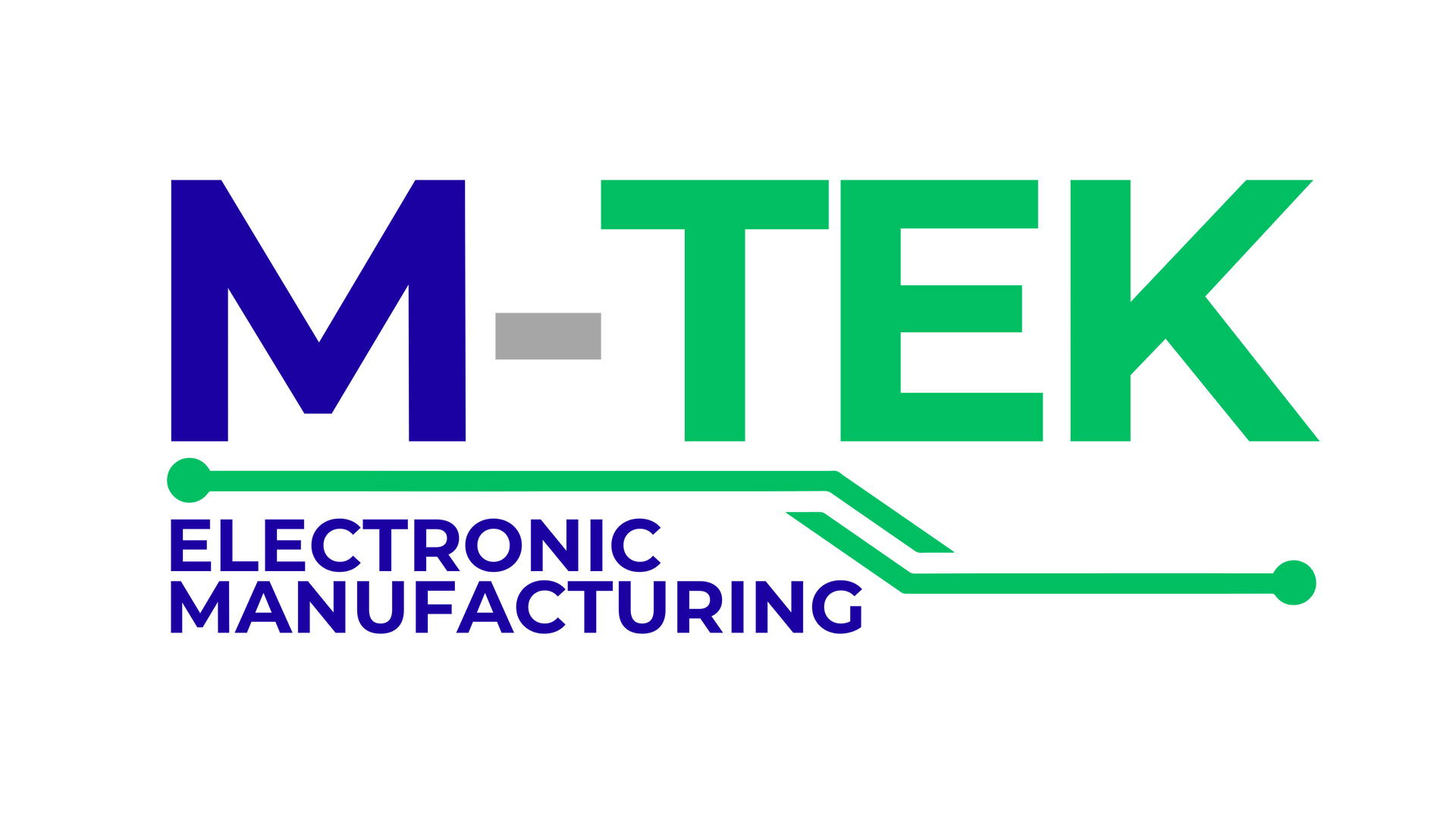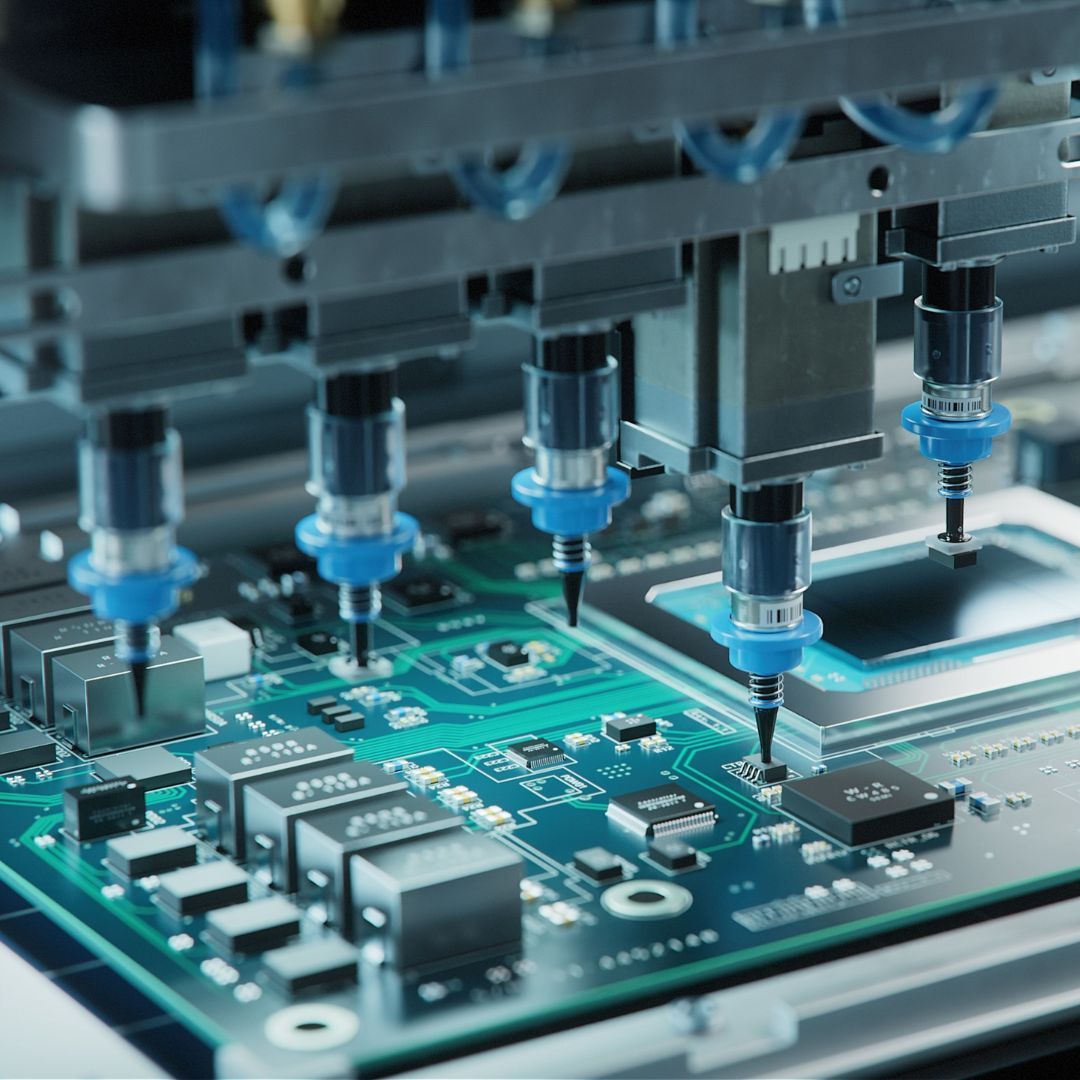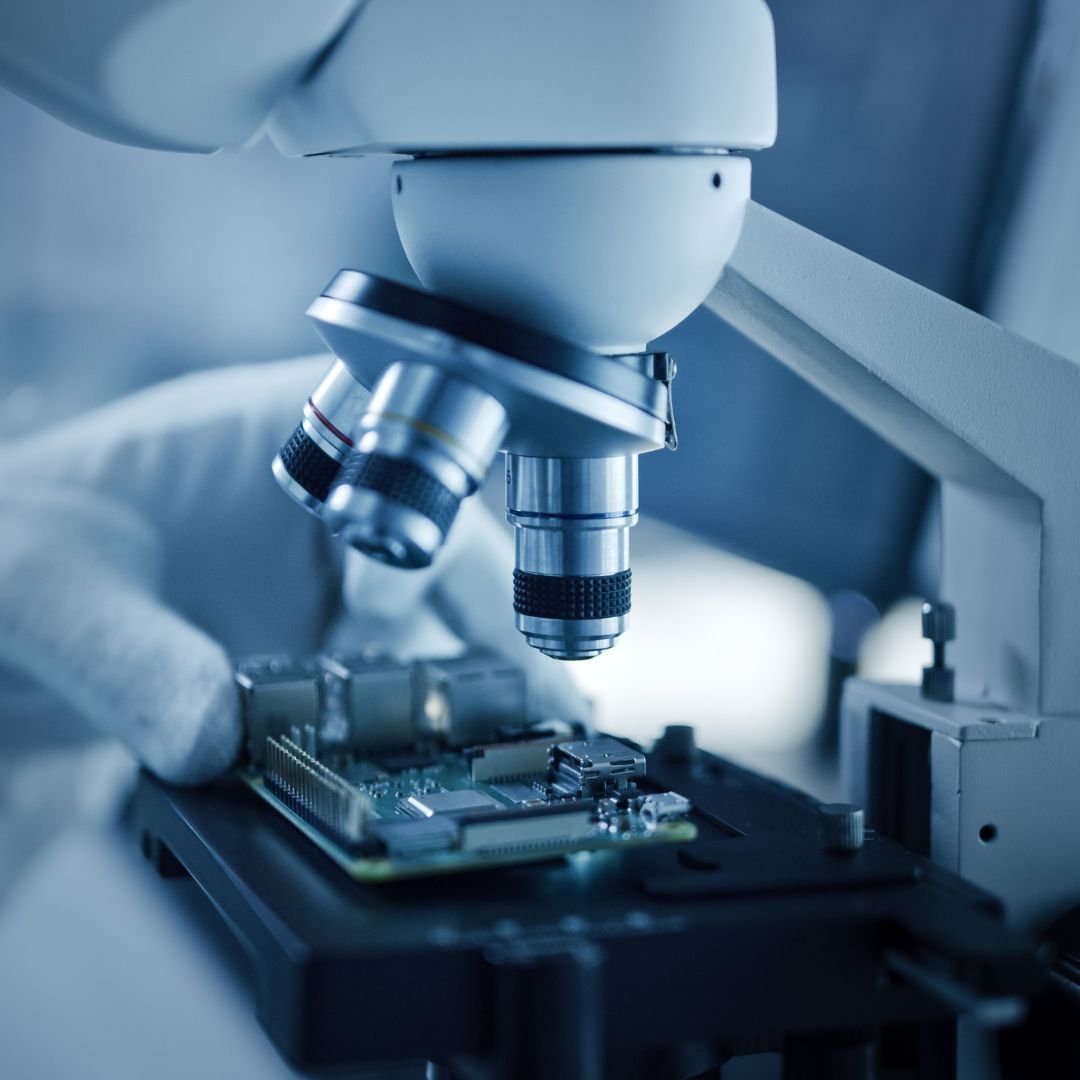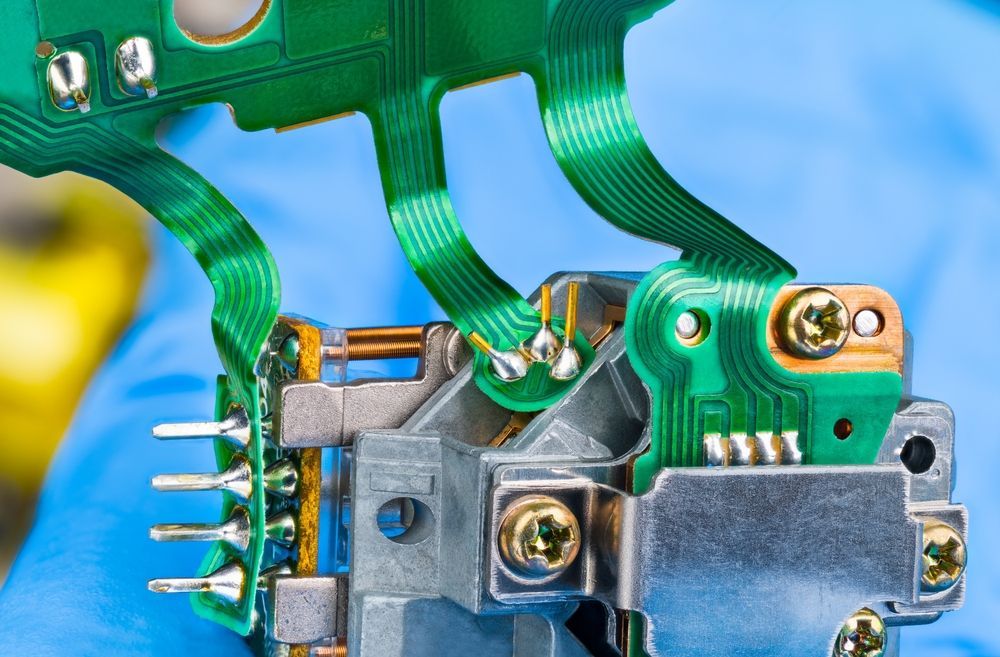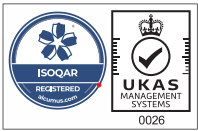If you're wondering what the most cost-effective way to make a prototype is, look no further. Then you should experiment with vacuum casting. When curing the materials in vacuum casting, you must have the correct optimum temperatures. At a vacuum pressure time of 5 minutes and a mould temperature of 60 degrees Celsius, you need 30 degrees Celsius to minimise shrinkage. So, how can vacuum casting benefit your business? Keep reading to find out.
What is Vacuum Casting?
This is an elastomer casting process that uses a vacuum to direct any liquid material into the mould. Once air entrapment is an issue with the mould, vacuum casting is used. Furthermore, the method can be used when the mould has intricate details and undercuts. It is also used when the material used to make the mould is fibre or reinforced wire.
Since the manufacturing process involves rapid prototyping with preheated plastic sheets, the process is sometimes referred to as thermoforming. In an automated vacuum casting machine, the materials are heated to a temperature until soft and malleable.
Benefits of Vacuum Casting
There are many benefits to using vacuum casting for duplicating your products, here are just a few:
The finished product has high precision and fine detail.
When you use silicone as a mould for your products. It means that the final product is meticulously crafted. The final product comes out looking like the real thing. Every level of detail is regarded and factored into the equation. Even if the original product has the most complicated structure, the final product looks exactly like it.
High product quality.
The vacuum casting method produces high-quality products. Furthermore, the use of resin allows you to select the best material for the final product. This gives you a broader range of flexibility, hardness, and rigidity options for your products. Furthermore, the material used has a significant impact on the final appearance of the product.
Reduces production costs.
Using the vacuum casting process to create the product is more cost-effective. This is because the method involves silicon to make the moulds. Silicone is less expensive than aluminium or steel and produces excellent results.
Furthermore, the material enables you to produce more products from the mould. This makes the whole process more cost-effective as compared to the use of 3D printing.
When You Need To Meet A Deadline, This Is A Great Method.
This process is rapid, and it takes you less time to complete making the finished products. Making around 50 working prototype parts can take seven to ten days. This method is fantastic for producing a large number of products. It is also useful when you are attempting to meet a deadline.
To learn more about vacuum casting by reading
our previous article.
About M-Tek
By selecting M-Tek for your vacuum casting and PCB service needs, you will be helping to save the planet. We have accomplished a net-zero carbon footprint through the use of electric vehicles, and we plant a tree for every circuit board we build! Get in touch with one of our experts for help with your SMT and PCB assembly today. Call us on 01189 455377, or follow us on Twitter to stay up to date with our services.
